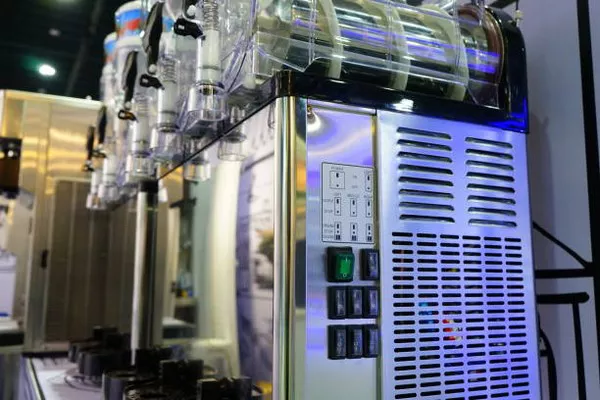The concept of harnessing energy through generators has revolutionized the way we power our world. Permanent Magnet Generators (PMGs) stand as a notable example, offering efficient and reliable electricity generation. But how exactly does a PMG work? In this article, we delve deep into the mechanics of permanent magnet generators, exploring the principles behind magnetic fields, electromagnetism, and the conversion of mechanical energy into electrical power.
1. The Principle of Magnetic Fields:
At the heart of a permanent magnet generator lies the principle of magnetic fields. Magnets possess two poles – north and south – and they generate magnetic fields around them. These fields have the ability to exert forces on other magnets and magnetic materials.
Magnetic Flux: Magnetic flux refers to the total magnetic field passing through a given area. The strength of the magnetic field is measured in units called Gauss or Tesla. In PMGs, the interaction of these magnetic fields plays a crucial role in electricity generation.
Faraday’s Law: Michael Faraday’s law of electromagnetic induction is fundamental to PMG operation. It states that a change in magnetic flux through a coil of wire induces an electromotive force (EMF), which in turn generates an electric current.
2. Generating Electricity:
The core principle of a permanent magnet generator is to convert mechanical energy into electrical energy through the interaction of magnets and coils. Here’s how the process unfolds:
Rotor and Stator: A PMG typically consists of a rotor – the rotating part – and a stator – the stationary part. The rotor incorporates permanent magnets, while the stator houses wire coils.
Rotational Movement: When the rotor spins due to an external mechanical force – be it wind, water, or manual effort – the magnetic field of the permanent magnets changes with respect to the coils in the stator.
Electromagnetic Induction: As the magnetic flux through the coils changes, Faraday’s law comes into play. This changing magnetic field induces an EMF within the wire coils of the stator.
Electric Current Generation: The induced EMF drives an electric current to flow through the wire coils. This current becomes the output of the generator and can be utilized to power various devices and systems.
3. Types of Permanent Magnet Generators:
Several configurations of PMGs exist, each catering to specific needs and applications. Two common types are:
Axial Flux PMG: In axial flux generators, the magnetic flux runs parallel to the rotation axis. This design is often more compact and lightweight, making it suitable for applications with limited space.
Radial Flux PMG: Radial flux generators have a magnetic flux perpendicular to the rotation axis. This arrangement often provides higher power output and is commonly used in wind turbine systems.
4. Advantages and Applications:
Permanent magnet generators offer several advantages that make them attractive for various applications:
Efficiency: PMGs exhibit high efficiency due to reduced energy loss within the generator’s components.
Compact Size: The design of PMGs allows for compact sizing without compromising power output, making them suitable for portable and space-constrained setups.
Renewable Energy: PMGs play a significant role in renewable energy sources like wind and hydroelectric power, where they convert natural forces into usable electricity.
Remote Areas: Their efficiency and reliability make PMGs ideal for generating power in remote or off-grid locations, helping bring electricity to underserved communities.
5. Maintenance and Considerations:
To ensure the optimal performance and longevity of a permanent magnet generator, certain maintenance practices and considerations should be followed:
Temperature Control: PMGs can be sensitive to temperature changes. Keeping the generator within an optimal temperature range helps maintain efficiency.
Magnet Integrity: Regularly inspect the permanent magnets for signs of wear or damage. Any degradation in magnet strength can impact the generator’s output.
Electrical Connections: Ensure that the electrical connections, such as wires and terminals, are secure and well-insulated to prevent accidents and maintain consistent performance.
Conclusion:
Permanent magnet generators stand as remarkable examples of converting mechanical energy into electrical power through the intricate interplay of magnets and coils. By understanding the principles of magnetic fields, electromagnetic induction, and generator configurations, we can grasp the essence of how PMGs work. From renewable energy systems to remote power generation, PMGs have proven their versatility and efficiency, paving the way for a more sustainable and electrified future.

